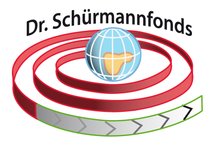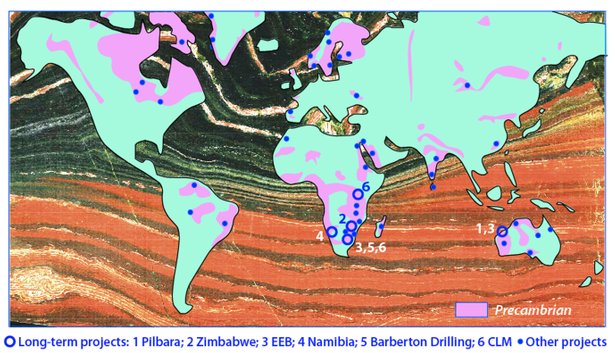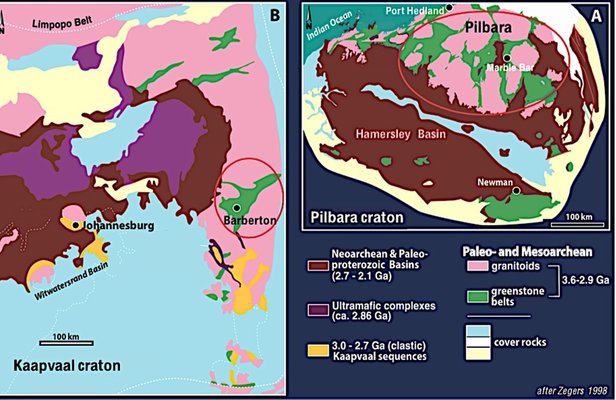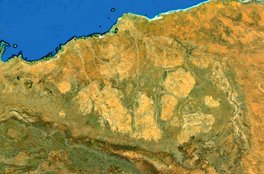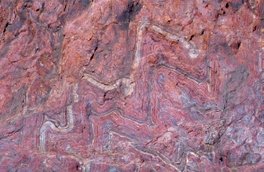Dr. Schürmann Foundation
Research sponsored by the Dr. Schürmann Foundation
During its more than 60 years of existence, the Schürmann Foundation has financially supported fieldwork research in Precambrian terrains all over the world; since 1981 to a total of more than 200 projects. After supporting numerous smaller and short-lived projects in the period up to the 1990s, the foundation has changed its policy and now mainly sponsors a number of longer-term research programmes. From 2002 to 2007 the Foundation also sponsored a special chair ”Precambrian System Earth” (held by Professor Passchier) at the VU University Amsterdam to promote the integrated study of the early evolution of the Earth with emphasis on linking deep crustal and surface processes. In addition the chair aimed to strength geological research in the Netherlands into the Precambrian and to stimulate public outreach, as well as international scientific cooperation.
Long term research programmes
Long-term research programmes sponsored by the Dr. Schürmann Foundation in the last three decades are:
Site distribution of long-term projects against a background of BIF
- Pilbara Project 1990-2006: sedimentological and structural-geological investigations in the granite-greenstone terrane of the west Australian Pilbara Craton (Ypma, Universities of Delft and Adelaide; Nijman and White, Utrecht University; Wijbrans, VU University Amsterdam); major aims have been the detailed structural history of the Archaean of especially the East Pilbara Craton and the reconstruction of its early Archaean sedimentary / volcanic environment.
- Zimbabwe Project (1995-2000): thrust deformation and sedimentation in the Zimbabwean greenstone belts. (Dirks, University of Townsville, Queensland, previously University of Harare and Witwatersrand University)
- Earth’s Earliest Basins Project (since 1998); a follow-up to the Pilbara project aiming at the reconstruction of the Archaean sedimentary environment, its hydrothermal activity, signs of early life and structural control on the West Australian Pilbara and South African Barberton greenstone belts. (Nijman, Van Bergen, Utrecht University ; De Wit, University of Cape Town; Kisch, Ben Gurion University, Israel)
- Namibia Project (since 2003): tectonic evolution of Neoproterozoic mobile belts in Namibia (Kaoko- and Damara), with emphasis on extensive geologic mapping and structural-geologic analysis (Passchier, VU University Amsterdam / University of Mainz; Trouw, Federal University of Rio de Janeiro).
- Barberton Drilling Project (since 2010): as a direct consequence of previous investigations in that area, Dutch geologists (Mason, Van Bergen, Utrecht University; Vroon, VU University Amsterdam) now participate in an ICDP (International Continental Scientific Drilling Program) - supported drilling project in the Barberton greenstone belt.
- CLM (subcratonic lithospheric mantle) Project (since 2003), research programme conducted by Davies (VU University Amsterdam) focussing on the preservation and destruction of Archaean continents through the study of diamondiferous xenoliths in kimberlites in crustal remnants of the Tanzanian Craton, the Kaapvaal Craton, and the Aldan Shield of Siberia.
Pilbara craton (source: Google Earth)
Comparison of Pilbara and Kaapvaal Cratons (after Tanja Zegers 1998)
Examples of smaller-scale fieldwork projects sponsored by the Schürmann Foundation are :
- Ultrahigh-Temperature (UHT) Metamorphism in the Bakhuis Mountain area of Western Suriname (since 2006)
- Stratigraphy and Sedimentology of the Palaeoproterozoic of Eastern India (since 2006)
- Palaeoproterozoic Stratigraphy and Structures of the Bergslagen area in Central Sweden (since 2008).
The projects have resulted in a considerable number of MSc and PhD theses, and articles in peer-reviewed magazines.
